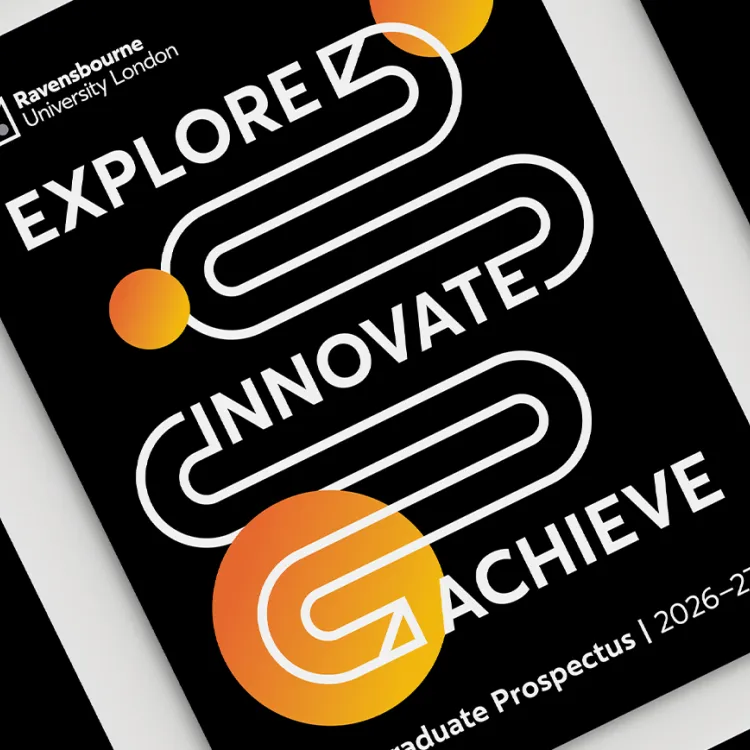Concept and creative process
The BBC Micro was a series of micro computers built by the Acorn company in the 1980’s for the BBC's computer literacy project. This was one of the early machines that heralded in the age of the personal computer. At the time, most people had little idea of computers and how they worked, let alone own one. ‘Making the Most of the Micro’, set out to explain how binary numbers worked, how computers were programmed and demystify their basic components and functions. The BBC Micro was hugely influential and educated a generation by helping to lay the groundwork for today’s computer savvy population. It is estimated that at least 80% of British schools used the BBC Micro as an educational tool. The titles for ‘Making the Most of the Micro’ consisted of two intercut sequences. The first was a series of whirring digital zeros and ones which resolved into the famous Owl Logo of the Acorn/BBC computer. The second was a Tron-like flyover of a conceptual circuit board with signals flashing from one point to another. The titles were shot on 35mm film using traditional animator’s ‘cels’ on one of the earliest rostrum cameras with a computer-controlled bed. This allowed effects to be generated from flat artwork, notably the slit-scan technique used to transform the binary numbers into the owl logo. In this technique, the artwork was set down on a back-lit light-box and then filmed with multiple passes under computer control through a slit, placed on top, to achieve the light-streaking effect.
